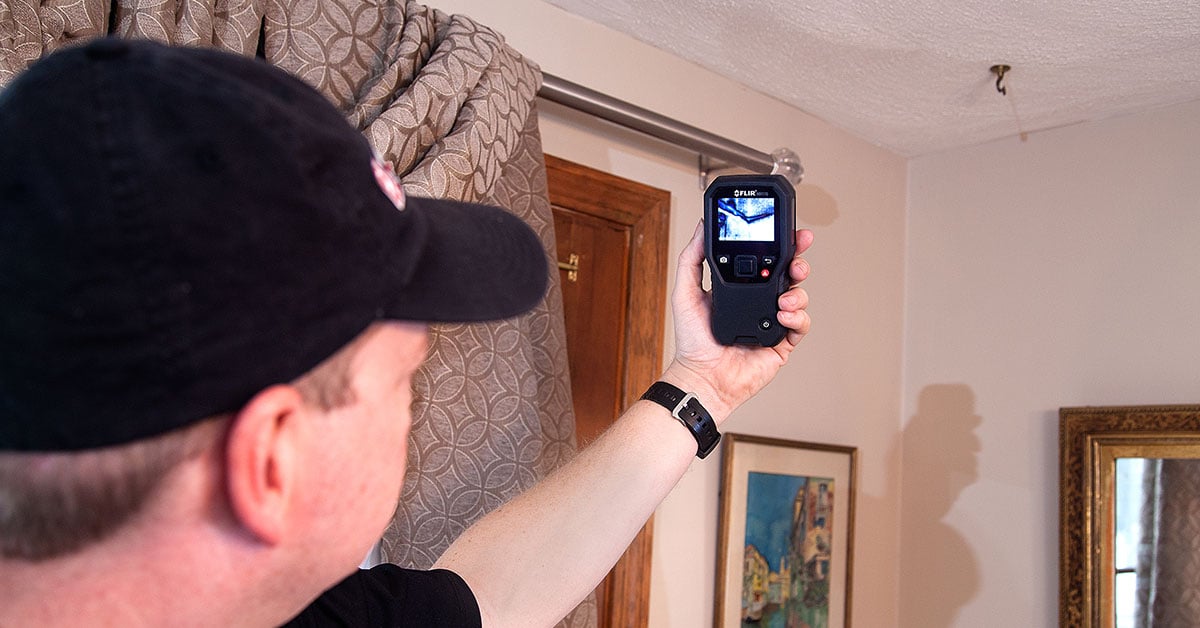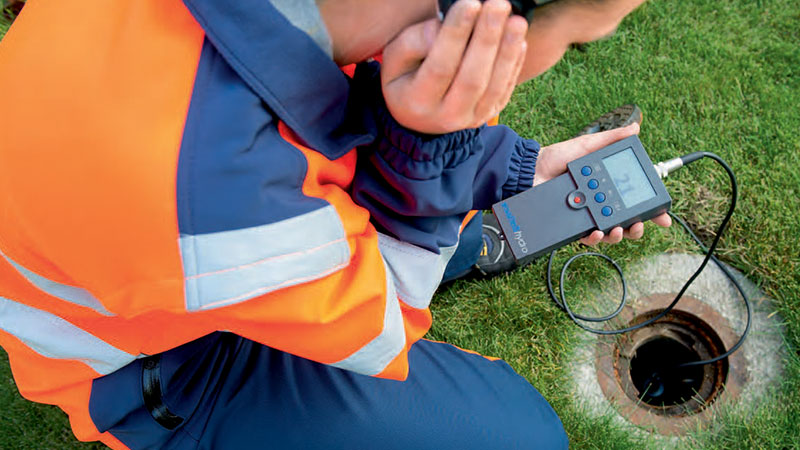Cutting-edge Solutions for Very Early Discovery of Water Leaks in Structures and Facilities
As the stability of buildings and framework is vital, the obstacle of early detection of water leaks has spurred ingenious remedies that assure to change the means we protect versus potential problems. From advanced leak discovery technologies to the deployment of IoT sensing units for real-time tracking, the landscape of leak avoidance is developing swiftly. Device discovering algorithms provide a glance into the future of leakage forecast, while thermal imaging presents a non-intrusive approach for identifying covert leakages. Automated water circulation analysis systems are reshaping just how leaks are recognized and resolved, leading the method for a proactive strategy to water leakage detection. Each of these options holds the essential to guaranteeing the integrity and durability of our constructed atmosphere, triggering a shift in the direction of a much more sustainable and efficient future.
Advanced Leak Discovery Technologies
Advanced leak detection innovations, geared up with innovative sensors and formulas, play an essential role in quickly determining and determining water leakages in numerous setups. These technologies utilize a mix of acoustic, thermal, and electromagnetic noticing methods to identify leaks precisely. Acoustic sensing units detect the noise of leaving water, allowing for precise localization of the leak source. Thermal imaging discovers temperature level adjustments triggered by water leakage, providing one more reliable method for leak recognition. Electro-magnetic sensors can recognize adjustments in magnetic fields triggered by water, supplying yet another layer of leakage discovery capacity.

IoT Sensors for Real-Time Monitoring
In the world of modern-day water leak detection, the combination of IoT sensors for real-time monitoring represents an essential innovation in enhancing positive leak discovery capabilities. These sensors offer continual monitoring of water systems, offering real-time data on water circulation prices, pressure variations, and temperature changes. By leveraging IoT innovation, these sensors can detect also the smallest abnormalities in water usage patterns, making it possible for very early identification of prospective leakages prior to they escalate into significant issues.
IoT sensing units transfer information to a central platform, where advanced formulas evaluate the information and generate informs or notices when abnormalities are identified. This real-time monitoring capability permits homeowner or facility managers to quickly attend to leakages, lessening water damage, lowering repair prices, and preserving water sources.
Furthermore, IoT sensors can be incorporated with building management systems, enabling automated reactions to discovered leakages, such as turning off water shutoffs or activating pumps to minimize the influence of leaks. On the whole, the execution of IoT sensors for real-time monitoring substantially enhances the performance and effectiveness of water content leak discovery in structures and infrastructure.
Equipment Knowing Algorithms for Leak Prediction

One trick benefit of making use of artificial intelligence for leak forecast is its capacity to constantly site link learn and improve its accuracy in time. As more information is accumulated and fed into the formula, it can refine its forecasts and adapt to changing conditions, eventually raising the reliability of leakage detection systems.
Moreover, device learning algorithms can help in recognizing subtle signs of leakages that may go undetected by standard surveillance approaches. water leak detection. By examining intricate information embed in real-time, these formulas can supply early warnings and notifies, permitting for timely intervention and preventative maintenance to reduce potential water damages and connected prices
Using Thermal Imaging for Leak Detection
Thermal imaging modern technology provides a promising strategy for finding water leakages in numerous systems and infrastructures. By utilizing infrared radiation and temperature level variations, thermal imaging video cameras can identify covert leakages that are not conveniently noticeable to the nude eye. When water escapes from pipelines or structures, it often transforms the temperature level of the surrounding location, developing temperature level differentials that thermal video cameras can record. These temperature level irregularities are then translated right into noticeable photos, highlighting the exact area of the leak.
One of the crucial advantages of thermal imaging for leak discovery is its non-intrusive nature. Unlike typical methods that might call for getting into walls or floors to locate leaks, thermal imaging permits for non-destructive screening. This not only saves time and reduces expenses however additionally reduces interruption to the structure or framework being evaluated. Additionally, thermal imaging can rapidly scan large locations, offering a thorough Visit This Link summary of potential leak resources in a timely manner. Overall, the use of thermal imaging technology improves the performance and accuracy of water leak discovery, making it a valuable device for preserving the honesty of structures and infrastructures.
Automated Water Flow Evaluation Systems
Exactly how can computerized water circulation evaluation systems revolutionize the discovery and monitoring of leaks in various systems and facilities? Automated water flow analysis systems provide an aggressive technique to leakage detection by constantly monitoring water circulation prices and patterns. By developing baseline data, these systems can swiftly identify inconsistencies that might suggest a leakage, making it possible for timely treatment to stop extensive damage.
These systems use innovative algorithms to evaluate real-time information and give instant informs when anomalies are found, permitting for speedy action to be taken. Additionally, computerized water flow evaluation systems can be integrated with building monitoring systems or IoT systems, enhancing general efficiency and enabling remote tracking capacities.
In addition, the information accumulated by these systems can be made use of for anticipating maintenance functions, aiding to recognize potential powerlessness in the infrastructure before leaks happen. Generally, the application of automated water flow evaluation systems can significantly improve leak discovery and administration methods, eventually leading to cost financial savings, minimized water waste, and enhanced sustainability in buildings and framework.

Conclusion
Finally, the combination of sophisticated leakage discovery technologies, IoT sensors, maker discovering formulas, thermal imaging, and computerized water circulation evaluation systems uses ingenious options for early detection of water leakages in structures and framework. These modern technologies make it possible for real-time surveillance, forecast of leaks, and efficient detection techniques to avoid water damage and wastage. Implementing these solutions can aid in keeping the honesty and sustainability of water supply in different setups.